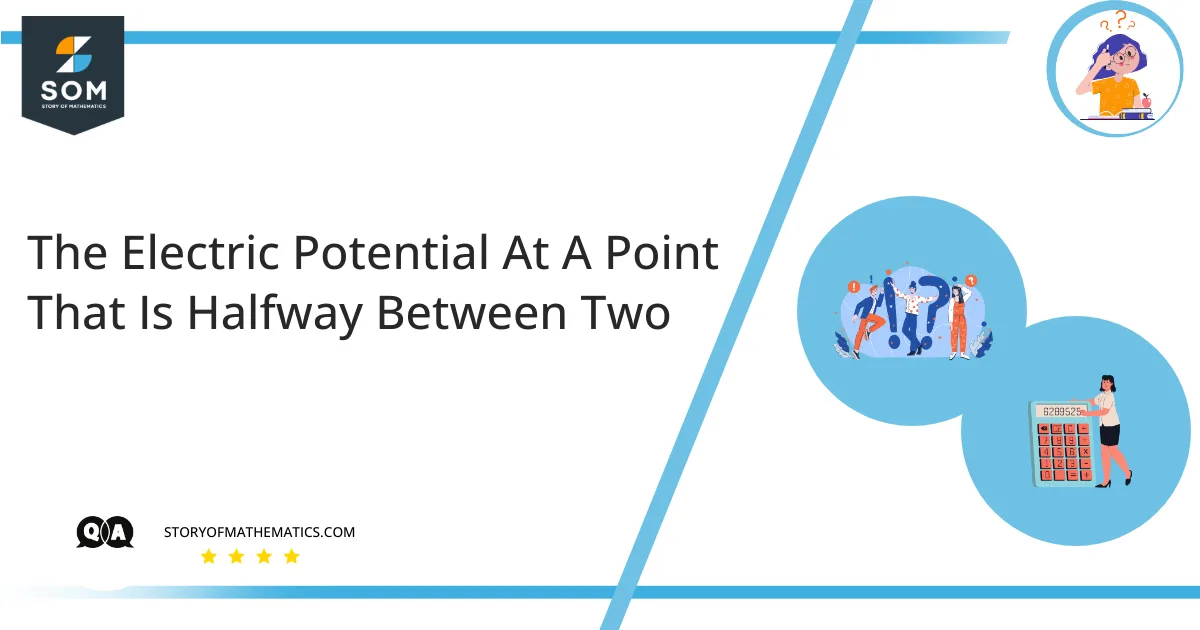
The idea of this question is to find the electric potential between two charges given some conditions.
The electric potential is regarded as the small amount of energy required for one unit of charge for a test charge such that the disruption of the field taken can be neglected. Its magnitude is determined by the amount of work done in shifting the object from one point to the other in the presence of an electric field. When an object moves in opposition to an electric field, it acquires energy, which is known as electric potential energy. The electric potential for a charge is determined by the division of the potential energy by the charge quantity.
Moreover, the test charge is expected to move throughout the field with vanishingly small acceleration to prevent radiation or kinetic energy production. The electric potential at the point of reference is, by definition, zero units. The point of reference is usually a point at infinity or earth, but any point can be utilized. A positive charge’s potential energy tends to increase when it moves in opposition to an electric field and reduces when it moves with it; the inverse is true for a negative charge.
Expert Answer
Let
Now, the electric potential halfway between two identically charged particles is:
Or
Also, the potential at a point that is
Example
Find in Joules the work done by an electric field in moving a proton from one place at a potential of
Solution
The work done per unit charge to move a point charge from one point to another is defined as the potential difference and is given by:
where
Now, rewrite the equation as:
Since the charge
The work done by an electric field in moving a proton from one place to another is
